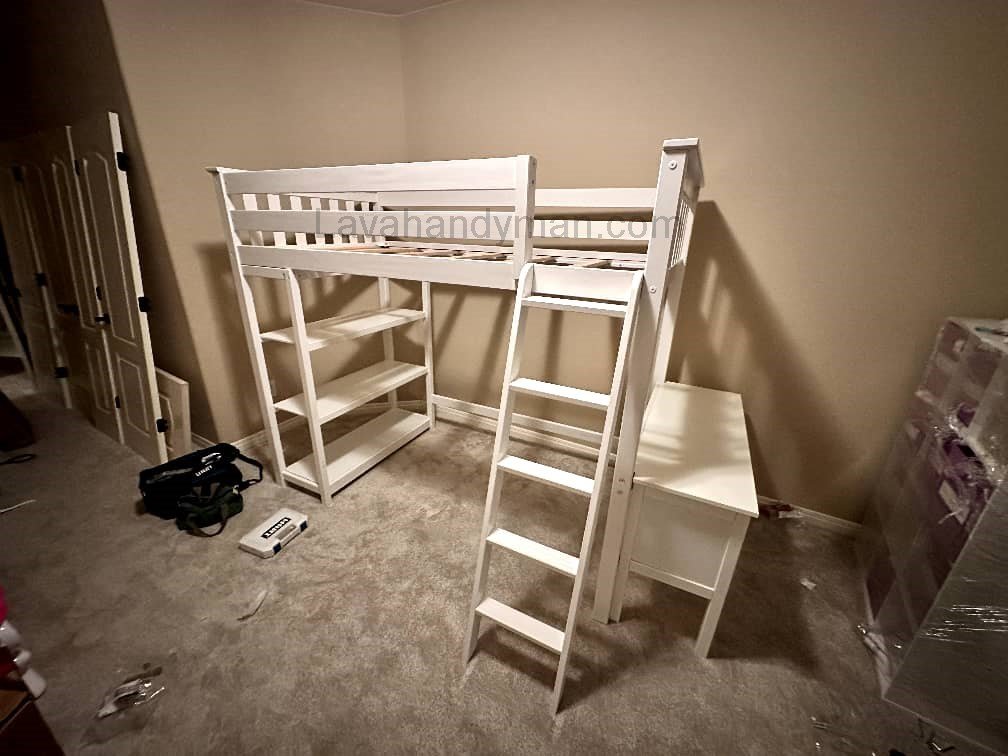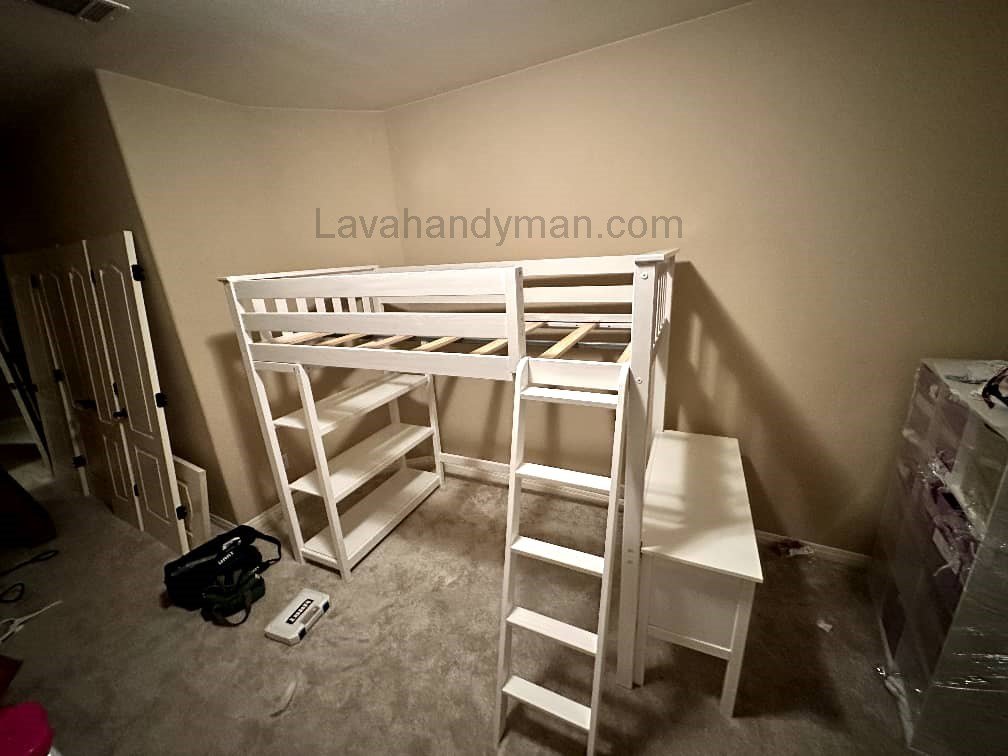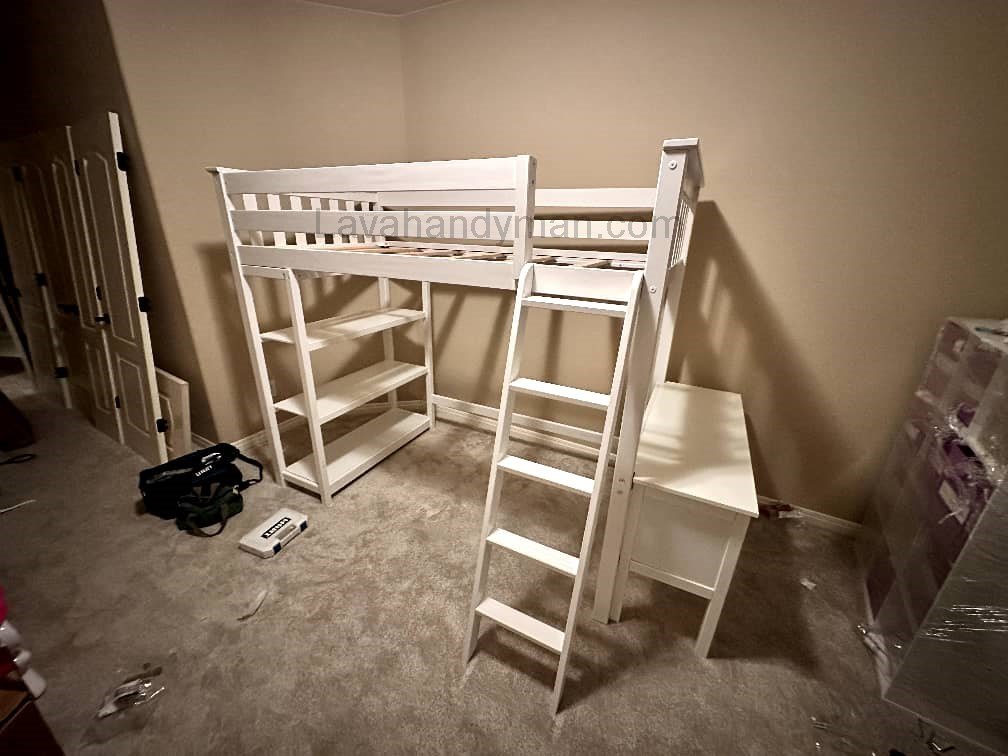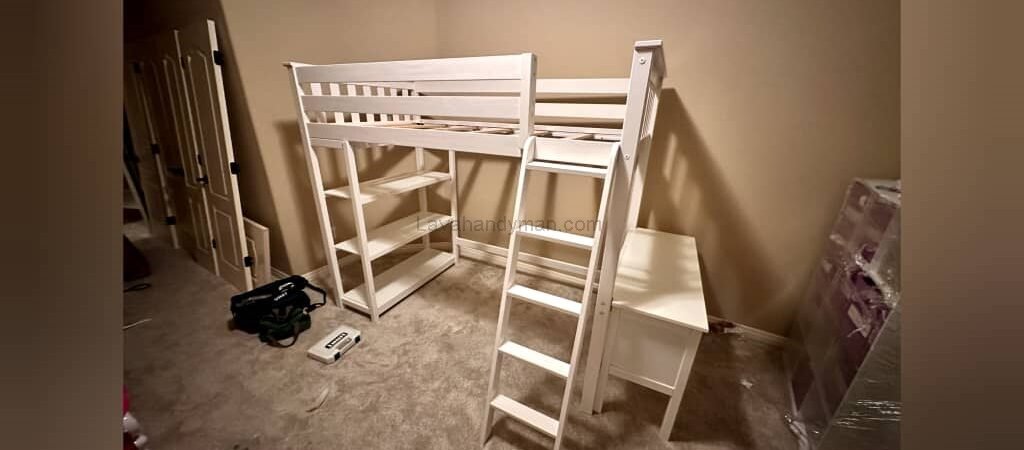“Classic Toddler Bed: Benefits, Safety Tips, and Buying Guide for Parents”
Introduction
Quality sleep is essential for a child’s physical and mental development. One of the key elements that ensures this is having the right bed. Choosing a proper bed for children not only affects their comfort and safety but also plays an important role in fostering independence and self-confidence.
Among the many available options, the classic toddler bed is one of the most popular choices. This bed is designed as a bridge between a crib and a youth bed, allowing children to smoothly transition from infancy to early childhood.
Classic Toddler Bed

What Is a Toddler Bed?
A toddler bed is designed for children between the ages of 2 and 5. Its size is usually similar to or slightly larger than a crib, and its low height makes it easy for children to climb in and out without adult assistance.
These beds often feature short side rails to prevent falls while still giving the child enough freedom to move independently.
Why Is a Toddler Bed Important?
After the age of two, children naturally develop a desire for independence. Having a dedicated bed encourages them to sleep on their own. This practice helps regulate sleep schedules, reduces dependency on parents, and strengthens self-confidence.
Classic Toddler Bed
Key Features of a Toddler Bed
- Compact size: Perfect for smaller bedrooms.
- Low height: Provides safety in case of accidental falls.
- Side rails: Balance safety with freedom of movement.
- Variety of designs: Ranging from simple wooden frames to colorful and themed models.
- Lightweight structure: Easier to move compared to larger beds.
- Affordable price: Cheaper than youth beds or convertible models.
Classic Toddler Bed
Pros and Cons of a Toddler Bed
Pros
- Encourages independence and responsibility.
- Safer than larger beds for young children.
- Wide range of colors and designs.
- Space-saving for small rooms.
- Budget-friendly.
Cons
- Limited lifespan (usable for about 2–3 years).
- Requires replacement with a larger bed after age 5.
- Some models may lack durability.
Safety Tips for Choosing and Using a Toddler Bed
- Ensure rounded corners with no sharp edges.
- Use non-toxic paints and materials.
- Rail spacing should be standard to prevent hands or head from getting stuck.
- The mattress should fit snugly with no gaps around the edges.
- Place the bed on a flat, stable surface.
Classic Toddler Bed
The Role of a Toddler Bed in Child Development
Having their own bed motivates children to sleep independently. It helps them take responsibility for going to bed and waking up. This seemingly simple experience lays the foundation for confidence and independence in later stages of life.
Classic Toddler Bed
Popular Designs and Styles
- Simple wooden models: Ideal for families who prefer a minimalist style.
- Colorful and themed designs: Shaped like cars, houses, or cartoon characters.
- Multi-functional models: Beds with drawers or built-in storage.
Buying Guide: How to Choose the Right Toddler Bed
When buying a toddler bed, consider:
- The child’s age and height.
- Available bedroom space.
- Family budget.
- Quality and durability of the materials.
- Color and design compatibility with room décor.
Classic Toddler Bed
Room Setup and Decoration Tips
- Place the bed against a wall for added safety.
- Use soft rugs or mats around the bed to minimize injuries from falls.
- Choose designs and colors based on the child’s interests.
- Keep the area around the bed uncluttered for easier movement.
Complete and Steps to Assemble a Classic Toddler Bed
1. Preparation
- Take all parts out of the box.
- Check the instruction manual to make sure nothing is missing.
- Prepare the required tools, such as an Allen key or screwdriver.
Classic Toddler Bed
2. Building the Main Frame
- Place the two long side panels on the floor.
- Attach the headboard and footboard.
- Secure all connections with screws and brackets.
3. Tightening the Joints
- Fully tighten all screws so nothing feels loose.
- This step is the foundation of the bed’s safety.
Classic Toddler Bed
4. Installing the Side Rails
- Attach the short safety rails on both sides.
- Leave an opening so the child can easily climb in and out.
5. Adding Mattress Supports
- Some models come with wooden slats; others have a single solid base.
- Make sure every support piece is properly secured.
Classic Toddler Bed
6. Placing the Mattress
- Put the standard mattress inside the frame.
- Ensure there are no gaps around the edges.
7. Final Safety Check
- Retighten all screws.
- Check edges and corners to ensure there are no sharp parts.
- Gently shake the bed to test its stability.
- Measure rail spacing to confirm a child’s head or hands won’t get stuck.
Classic Toddler Bed
Extra Safety Tips
Avoid placing heavy items or large toys on the bed.
Place the bed on a flat, stable surface.
Leave enough space around the bed.
Recheck and tighten screws every few months.
Types of Kids’ Beds and Their Features
Choosing the right bed for your child is an important decision for parents. A children’s bed should be safe, comfortable, and age-appropriate, while also fitting the space of the room. Today, the market offers many types of kids’ beds, each with unique uses and benefits.
Classic Toddler Bed
1. Crib
- Suitable from birth up to around 2 years old.
- High rails to prevent falls.
- Available in fixed and rocking models.
- Some designs allow adjustable mattress heights.
2. Bedside Crib
- Designed for newborns in the first few months.
- Placed next to the parents’ bed, often with one side open.
- Gives parents quick and easy access to the baby.
3. Toddler Bed
- Suitable for children aged 2 to 5.
- Low height with short side rails.
- Acts as a transition between crib and youth bed.
- Encourages independence.
Classic Toddler Bed

4. Bunk Bed
- Ideal for families with more than one child or small rooms.
- Provides sleeping space for two children.
- Some models include drawers or a study desk.
- Requires extra safety measures for the top bunk.
5. Loft Bed
- Similar to a bunk bed, but the bottom area is open.
- The lower space can be used as a desk, closet, or play area.
- A smart option for maximizing space.
6. Trundle Bed
- Includes a pull-out bed hidden beneath the main bed.
- Great for guests or families needing an extra bed.
- Some versions use the lower section as storage instead.
Classic Toddler Bed
7. Murphy Bed (Foldable Bed)
- A bed that folds up into the wall.
- Perfect for small homes or multi-purpose rooms.
- Children’s models are available in colorful, playful designs.
8. Storage Bed
- A combination of bed and storage unit.
- Equipped with drawers or shelves underneath or on the sides.
- Helps keep small rooms tidy and organized.
9. Themed Bed
- Designed as cars, castles, houses, or cartoon characters.
- Fun and exciting for children.
- Usually more expensive than simple models.
Classic Toddler Bed
10. Travel Crib / Playpen
- Lightweight, foldable, and portable.
- Suitable for travel or temporary use.
- Some models double as a play area.
Types of Brackets Used in Bed Assembly
In assembling children’s or adult beds, various metal brackets are used to connect parts and enhance stability. Choosing the right bracket ensures that the bed is both sturdy and easy to assemble or disassemble.
1. L-Bracket
- The most commonly used bracket.
- Connects two parts at a 90-degree angle.
- Often used in corners and to attach the base to the legs.
2. T-Bracket
- Connects two parts vertically.
- Ideal for reinforcing the center or bed base.
3. Z-Bracket
- Connects parts placed on different levels.
- Commonly used for attaching side rails or guards.
Classic Toddler Bed
4. Reinforced Corner Bracket
- Similar to the L-bracket but thicker and stronger.
- Prevents corners from loosening over time.
5. Side Rail Bracket
- Specially designed to connect side rails to the headboard and footboard.
- Available in sliding or lock-in models.
6. Hidden Bracket
- Provides a modern, concealed connection.
- Keeps the bed’s appearance clean and stylish.
7. Cross Bracket (X-Bracket)
- Installed underneath the bed to reinforce the central supports.
- Prevents movement or sagging of the base.
8. U-Bracket
- Holds horizontal parts such as slats or side guards.
- Comes in screw-on and spring-loaded types.
9. Slide Bracket
- Designed with male and female parts for easy fit.
- Allows quick assembly and disassembly, especially during moves.
Key Tips
For toddler and kids’ beds, durable connections are especially important.
Always choose strong, rust-resistant brackets.
Low-quality brackets may compromise the safety of the bed.
What Type of Bed Is Best for Children?
Choosing the right bed for your child depends on age, safety, room size, and family needs. Each stage of childhood requires a specific type of bed that ensures both comfort and safety.
🍼 Crib
- Suitable from birth up to around 2 years.
- High rails prevent falling.
- Some models convert into toddler beds.
👩👩👦 Bedside Crib
- Designed for newborns during the first months.
- Placed next to the parents’ bed with one open side.
- Provides easy nighttime access.
🚼 Toddler Bed
- Ideal for children aged 2 to 5.
- Low height with short safety rails.
- Serves as a transition from crib to single bed.
🧒 Single Bed
- Suitable for children 5 years and older.
- Standard size, usable until teenage years.
- Some models include drawers or storage space.
👭 Bunk Bed
- Perfect for families with more than one child or small rooms.
- Saves space effectively.
- Requires strong rails and a safe ladder for the top bunk.
🪜 Loft Bed
- Similar to a bunk bed but with open space underneath.
- Lower area can be used for a desk, wardrobe, or play zone.
- Great for maximizing small rooms.
🎨 Themed Bed
- Designed as cars, castles, or cartoon characters.
- Makes sleeping fun and exciting for kids.
- Most suitable for ages 2 to 8.
🧳 Travel Crib / Playpen
Some models double as a play area.
Lightweight, foldable, and portable.
Ideal for travel or temporary use.
Conclusion
The classic toddler bed is the ideal choice for children who have outgrown their crib but are not yet ready for a youth bed. It provides safety, comfort, and most importantly, helps children develop independence.
Although its usage period is relatively short, its affordability, variety of designs, and positive impact on both mental and physical growth make it a valuable investment. Choosing the right toddler bed not only improves a child’s sleep experience but also brings peace of mind to parents.
📞 Need Help?
Let us take care of the hard work while you sit back and relax.
📍 Serving: Austin, Round Rock, Cedar Park & more
📱 Call or Text: (737) 420-6992
🌐 Visit: https://lavahandyman.com


